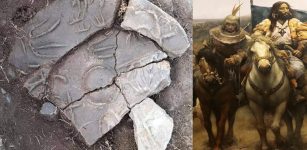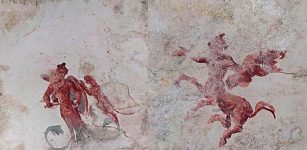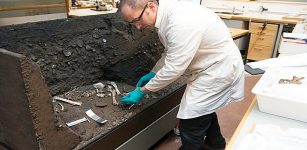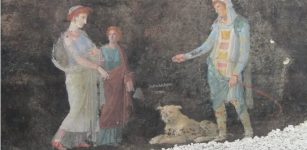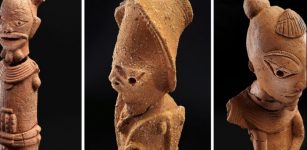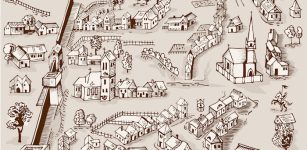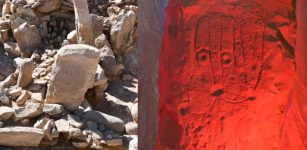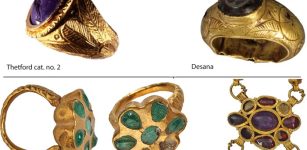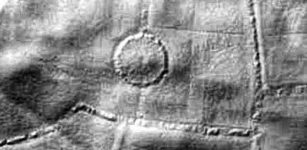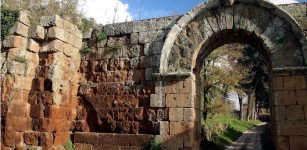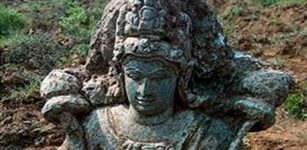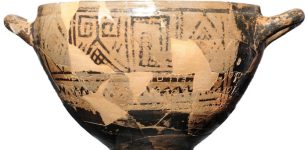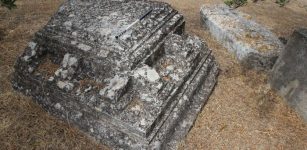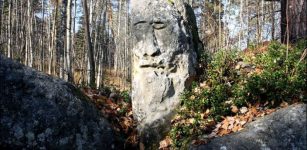Look Inside A Restored Pompeii House – A Unique Glimpse Into Life In Italy’s Ancient City
Conny Waters – AncientPages.com – Before the eruption of Mount Vesuvius in 79 A.D., many people in Pompeii lived a comfortable life.
At the time of the destruction, Pompeii was a flourishing ancient city with magnificent houses, streets, and shops. Still, everything would remain lost, forgotten, sealed, and preserved in a time capsule for more than seventeen centuries.
The restored House of Vetti is now opened to the public. Image credit: CASA DEI VETTI
The total death toll remains unknown but historical records show the population of Pompeii and Herculaneum was over 20,000.
Archaeologists have made many interesting discoveries that, combined, put a historical picture of how people lived before a great cloud of hot ash, stones, and poisonous gases completely obliterated Pompeii.
Based on archaeological findings, scientists have determined people in ancient Pompeii valued artistic beauty.
We know ancient Romans were famous for their beautiful gardens that were influenced by Egyptian, Persian, and Greek gardening techniques. Like most living in the region, they enjoyed wine. Volcanic materials are rich in minerals, so the soil around the Vesuvius National Park is incredibly fertile and home to many working farms and wineries. Scientists used this opportunity and did an amazing restoration of an ancient Roman vineyard buried underneath the ash of Mount Vesuvius for 2,000 years.
Now, after 20 years of restoration, a magnificent Pompeii house is open to the public.
The garden is beautiful. Image credit: Andrew Medichini / AP
The House of Vettii, (Domus Vettiorum in Latin) belonged to Aulus Vettius Conviva and Aulus Vettius Restitus, two men who were freed from slavery and became wealthy through the wine trade.
Their house was excavated in the late 19th century, and the recent restoration has given it new life.
The home was originally built in the second century B.C. and preserved under a thick layer of ashes. The formerly enslaved people used much of their fortune to buy exquisite artwork, and the ancient frescoes are a feast for the eyes.
"The House of the Vetti is like the history of Pompeii and actually of Roman society within one house," Pompeii's director, Gabriel Zuchtriegel, gushed as he showed off an area of the domus known as the Cupid Rooms last month.
"We're seeing here the last phase of the Pompeian wall painting with incredible details, so you can stand before these images for hours and still discover new details," the archaeological park's energetic director told The Associated Press ahead of the public inauguration.
"So, you have this mixture: nature, architecture, art. But it is also a story about the social life of the Pompeiian society and actually the Roman world in this phase of history," Zuchtriegel added.
The ancient house, with its famed frescos and 12 mythological scenes, has been restored. Image credit: CASA DEI VETTI
Image credit: CASA DEI VETTI
Image credit: CASA DEI VETTI
Image credit: CASA DEI VETTI
“Previous restoration work, which involved repeated application of paraffin over the frescoed walls in hopes of preserving them, "resulted in them becoming very blurred over time, because very thick and opaque layers formed, making it difficult to 'read' the fresco," said Stefania Giudice, director of fresco restoration.
But the wax did serve to preserve them remarkably.
Zuchtriegel ventured that the fresh "readings" of the revived fresco painting "reflect the dreams and imagination and anxieties of the owners because they lived between these images,'' which include Greek mythological figures,” CBS News reports.
Image credit: CASA DEI VETTI
In the dining room, there is a special fresco that fascinates Zuchtriegel. It depicts Hercules as a child, crushing two snakes, in an illustration of an episode from the Greek hero's life. According to mythology, Hera, the goddess wife of Zeus, sent snakes to kill Hercules because she was furious that he was born from the union of Zeus with a mortal woman, Alcmena.
Perhaps the two freed slaves recognized their own life story in some way in the figure of Hercules, who overcame challenge after challenge in his life.
“The residence "represents the Pompeiian domus par excellence, not only because of the frescoes of exceptional importance, but also because of its layout and architecture," Pompeii's architect director of restoration work, Arianna Spinosa said.
Written by Conny Waters - AncientPages.com Staff Writer








